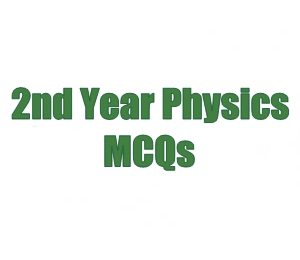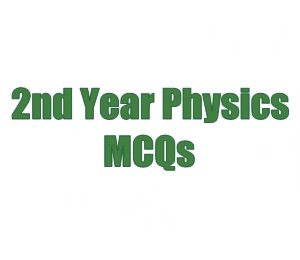You can get the important 2nd Year Physics Chapter 21 MCQs with Answers Nuclear Physics here. The last chapter is about the properties of atomic nuclei that are covered in Nuclear Physics. So, first of all, the concept of the Atomic Nucleus is important. The next concept is the Mass defect and Binding energy that is followed by Radioactivity. The conversion of a nucleus into a new nucleus after radioactivity is called Nuclear Transmutation. Half-life is also an important concept. Then there are the Nuclear Fission and Nuclear Fusion reactions. These are explosive reactions. There are some biological effects of radiation. On the other hand, there are also several biological and medical uses of these radiations. So, this is a brief introduction to this chapter. Let’s check out the important MCQs of this chapter below and solve the quiz.
2nd Year Physics Chapter 21 MCQs
912



